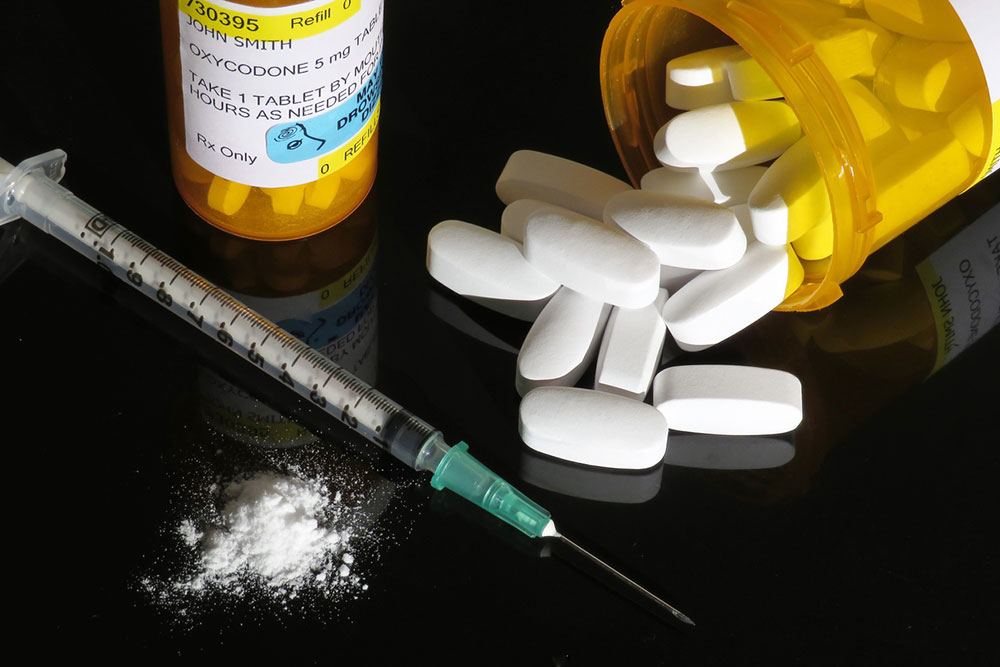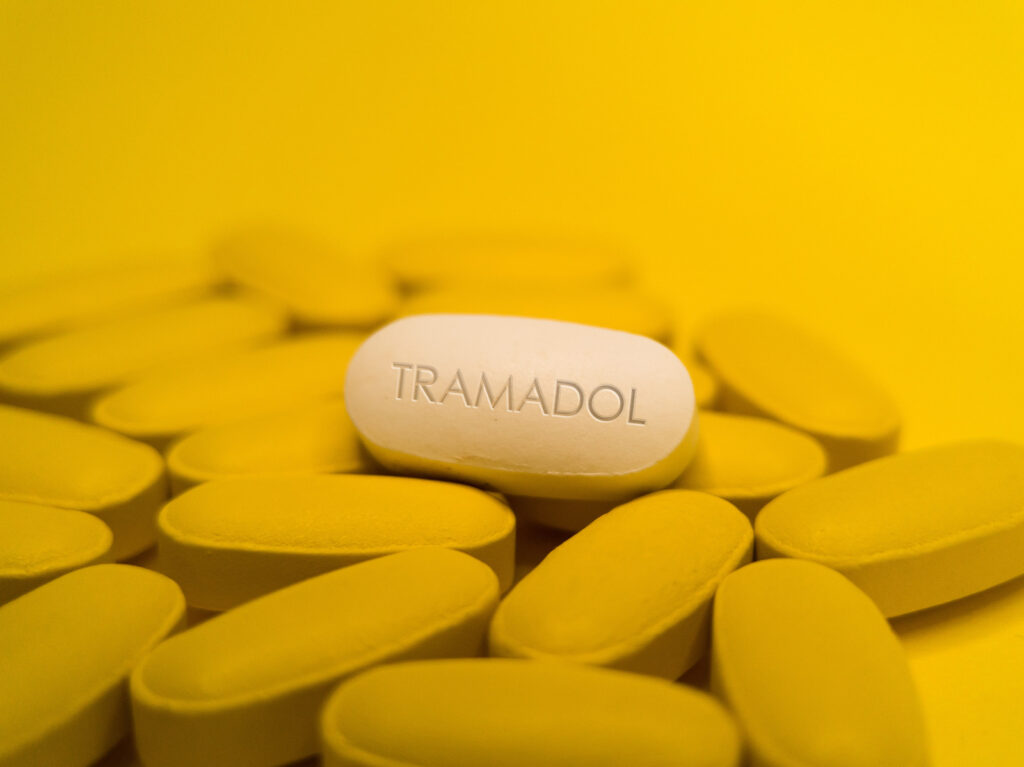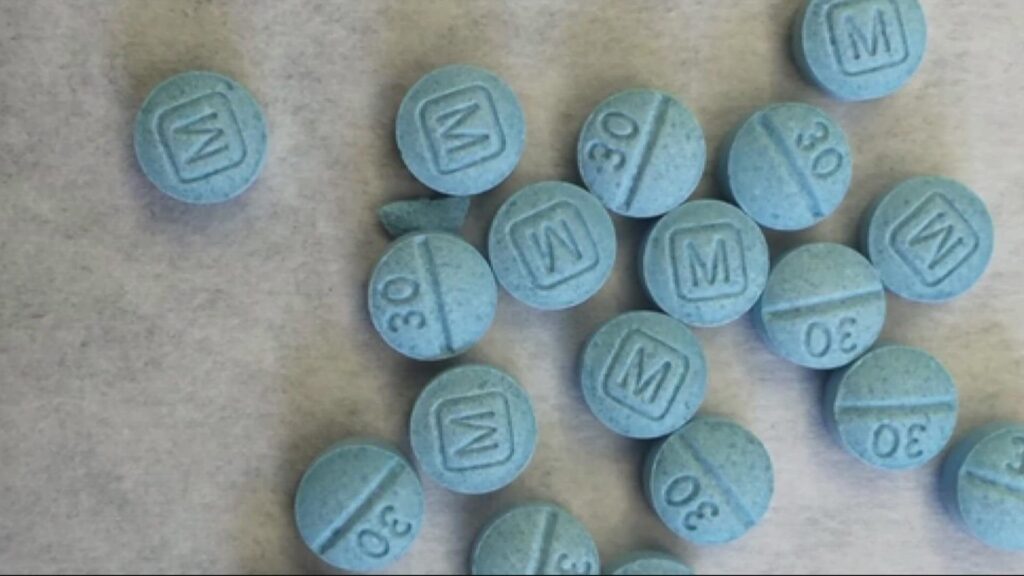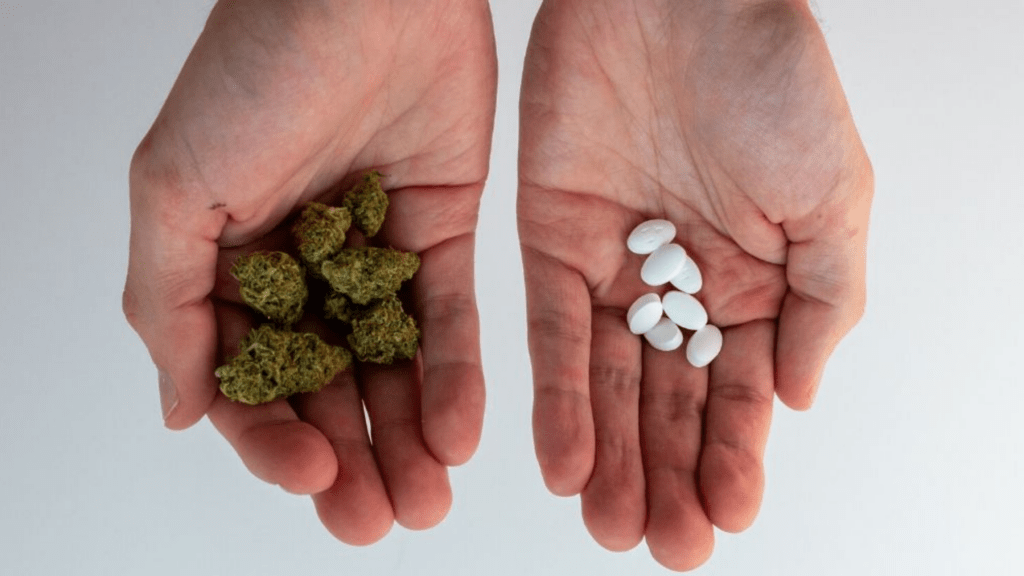How Long Do Opioids Stay In Your System?

How long opioids stay in your system depends on many different factors, including dosage, time of last use, and the type of detection test. However, opioids are still detectable from minutes to months, depending on the type of test.
Key Points
- Opioids can be natural and synthetic drugs. They are used to help people manage mild to severe pain, such as that experienced by those suffering from traumatic injuries, cancer, post-operation, and other chronic pain illnesses.
- Opioids have different half-lives, and different opioids last in your system for different lengths of time, depending on your health, the dosage, when it was taken, and more.
- There are multiple tests that can detect opioid-based drugs, including a urine test, blood test, saliva test, and perspiration test.
- Professional, medication-assisted treatment is the most effective path to overcoming an opioid addiction.
What Are Opioids?
Opioids are drugs that easily lead to misuse and can have devastating and lifelong consequences. Synthetic opioids created in laboratories, semi-synthetic drugs derived from natural opioids, and natural opioids fall under the ‘opioid’ umbrella. The active ingredient in opioids is derived from the poppy plant, which occurs naturally.
Prescription opioids like morphine and codeine are a class of drugs used mostly for their pain-killing effects. In the US and globally, opioid use is considered an epidemic. It’s estimated that three million US citizens and 16 million people worldwide use or have used opioids during their lifetime.[1]
Opioid painkillers can carry schedule I to schedule V classifications depending on their acceptable medical use, dependency, and abuse potential.[2]
In most instances, doctors prescribe opioids to help patients combat mild, moderate, and severe pain from operations, cancers, and other forms of chronic illnesses.[3] However, other stronger and more dangerous opioids like heroin and fentanyl are used illegally for their high and the ‘good’ feeling they give users.
Unfortunately, even though opioids are useful for many medical situations, they are known for their addictive nature and can lead to dependency.
The Effects of Opioid Use
There are numerous negative effects on the body and mind associated with opioid use. According to medical research, when opioids are taken, the chemicals travel through the blood and attach to opioid receptors in your brain cells.[4] Once attached, these cells release signals that boost feelings of pleasure while muffling your perception of pain.
Unfortunately, although this is necessary for injuries and illnesses, it can lead to addiction since opioids begin to alter your brain. These brain alterations can increase the desire to continue feeling no pain and only pleasure. If opioid use is not overcome, longer-lasting changes in the brain compel drug-seeking behavior to avoid unpleasant withdrawal symptoms.
Thousands of individuals have also reported nausea, excessive sweating, reduced sex drive, and slurred speech. Moreover, opioid misuse can cause hypoxia if breathing is slowed too drastically. Hypoxia has been shown to have short and long-term psychological effects and can lead to comas, permanent brain damage, and even death.
How Long Do Opioids Stay In Your System?
According to research, it’s believed that it takes up to five half-lives for an opioid to be completely removed from your system and undetectable, but this estimate changes according to the type of opioid taken.
Elimination of a half-life of an opioid indicates how long it takes for an opioid to decrease to half its starting dose.[5] For example, remifentanil has a half-life of 0.6 hours, while methadone has a half-life of 24 to 36 hours.[6]
Half-Life Of Opioids
The term half-life refers to how long half of a single dose of a drug, like an opioid, takes to leave your body. Typically opioids with longer half-lives will feel like they last longer in your system than opioids with shorter half-lives.
Although different opioids react similarly with your body’s receptors, they can spend varying amounts of time in your body. Here are the most common opioids and how long they can stay in your body per their half-life ratings:
- Heroin: This substance is one of the fastest-acting opioids an individual can take. The half-life of heroin is less than 5 min.[7]
- Codeine: This opioid has half-life of about 2.9 hours[8]
- Morphine: Depending on tolerance, this substance has a half-life of 2 to 3 hours. [9]
- Suboxone: Suboxone is a combination of buprenorphine, a partial opioid agonist, and naloxone, an opioid antagonist. Buprenorphine has an average half-life of about 38 hours (25 to 70 hours).[10]
- Hydrocodone: This prescription opioid has a half-life of 4 to 6 hours. [11]
- Oxycodone: otherwise known as Percocet or OxyContin, Oxycodone has a half-life of 3 to 5 hours. [12]
- Fentanyl: The most potent opioid of them all, fentanyl has a half-life of 3 to 7 hours.[13]
- Methadone: Unlike other opioids, Methadone has a half-life that ranges widely from person to person. On average, the half-life of methadone in an opioid-tolerant patient is approximately 24 hours, but about 55 hours in those who are opioid-naive.[14]
Factors That Impact How Long Opioids Stay In Your System
Compared to other drugs, most opioids tend to have short half-lives, but this doesn’t mean that effects can’t last several hours, if not days. How long they last in an individual’s system will depend on factors, including these listed below, among others: [15]
- Chemical properties of the substance being investigated
- The type of test being taken
- The individual’s metabolism rate
- How the drug was taken
- How often the drug was taken
- How much of the drug was taken
- Test sensitivity
- The individual’s current state of overall health
- The individual’s diet
- The individual’s weight
- How much fluids are on board
These are only a few of the important factors that can impact how long opioids stay in your system.
Opioid Drug Tests
There are numerous opioid drug tests available that can detect if someone is currently misusing opioids and if they are a long-term user. To learn more about these drug tests that help with opioid addiction recovery, have a look below. [16]
The detection windows can vary, depending on the type of opioid, the type of test, and how frequently opioids are used, but ranges from 12 hours to 6 months.[17]
Urine Test
Urine tests analyze a sample of your urine to determine if you use opioids and to monitor medication adherence. A urine test is one of the most commonly used noninvasive tests to check for opioid use and has a detection window of 2-4 days.[18]
Blood Test
A blood test is one of the most accurate but invasive tests to identify your recent drug use, within the last 12-24 hours.[19] A blood test will likely show the levels of opioids in your systems at the time of the test and is one of the only drug tests that can guarantee a result at the time of testing.
Hair Test
Despite hair tests being the least commonly used method of testing for opioid use, they are one of the most reliable testing techniques. During a hair test, strands of your hair will be analyzed for metabolites (opioid byproduct deposits).
This method provides a longer detection window compared to urine and blood tests, as it can identify drug use within the last 90 days, which is crucial for detecting ongoing opioid use.[20]
Saliva Test
Saliva testing is one of the least reliable methods for detecting opioid use within the last 12-24 hours. [21]
Perspiration Test
One of the newest forms of opioid testing is perspiration tests. Sweat tests aren’t as common because but can detect the presence of opioids for up to 4 weeks after last use.[22]
Opioid Painkiller Abuse
Recently, many shocking statistics surrounding painkiller misuse and abuse have come to light. The opioid epidemic has become such an issue that the CDC has created a four-year 49-state-strong cooperative program.[23]
This program, known as Overdose Data to Action (OD2A), tracks, monitors, and reports opioid outbreaks, respond to overdoses, and provides addiction care to communities. In addition, there are more calls for better screening measures to nip substance abuse and misuse in the bud by better evaluating those in need of opioid painkillers.[24]
There is undoubtedly an uptick in the need for screening improvements and programs that aim to eliminate the opioid pandemic, especially of late, with the worrying statistics being released by multiple organizations. Some of these opioid statistics include the following:[25]
- From 1999 to 2021, approximately 645,000 US individuals died from a prescription or illicit opioid overdose. This means drug overdoses involving opioids have grown six times since 1999.
- It is believed that half a million deaths are attributed to drug use worldwide, with 80% of these deaths related to opioid misuse and abuse.[26]
- Effective treatment options that can decrease the likelihood of opioid overdoses exist, but fewer than 10 percent of people needing this treatment receive it. [27]
Opioid Addiction Treatment
Opioid dependency and addiction can be incredibly challenging to overcome, but this doesn’t mean there is no room for hope. There are treatments available that are designed to help you safely overcome addiction and enter into recovery and sobriety.
Paramount Wellness in Connecticut offers an extensive range of substance abuse treatment services that are client-centered and individualized to help you beat opioid addiction and take control of your life. Some of the treatment programs offered at this rehab center include:
- Dual diagnosis treatment
- A partial hospitalization program (PHP)
- An outpatient treatment program (OP)
- An aftercare program
- An intensive outpatient treatment program (IOP).
Alongside these treatment programs, Paramount Wellness offers a wide range of therapies to help you with your whole-person healing and wellness journey. These therapies include individual and group trauma, gestalt, cognitive behavioral, and dialectical therapy.
Overcome Painkiller Addiction
To overcome opioid painkiller addiction, it’s best to seek treatment with a reliable substance abuse treatment center. With the right help, you can receive the individualized treatment you deserve to make a full recovery and maintain a sober lifestyle.
Frequently Asked Questions About Opioids
Are you or a loved one struggling with Opioid Abuse? Reach out today.


